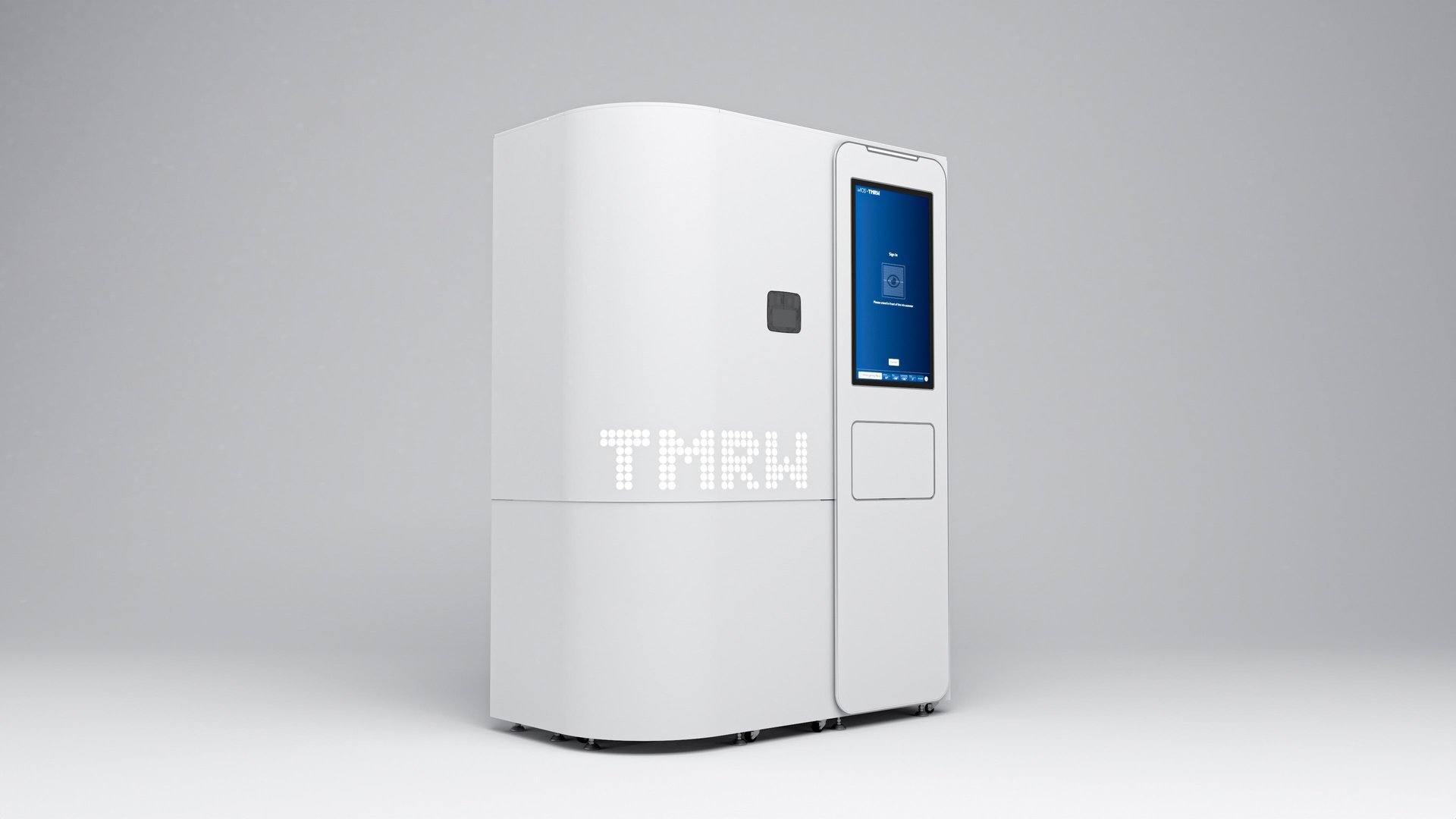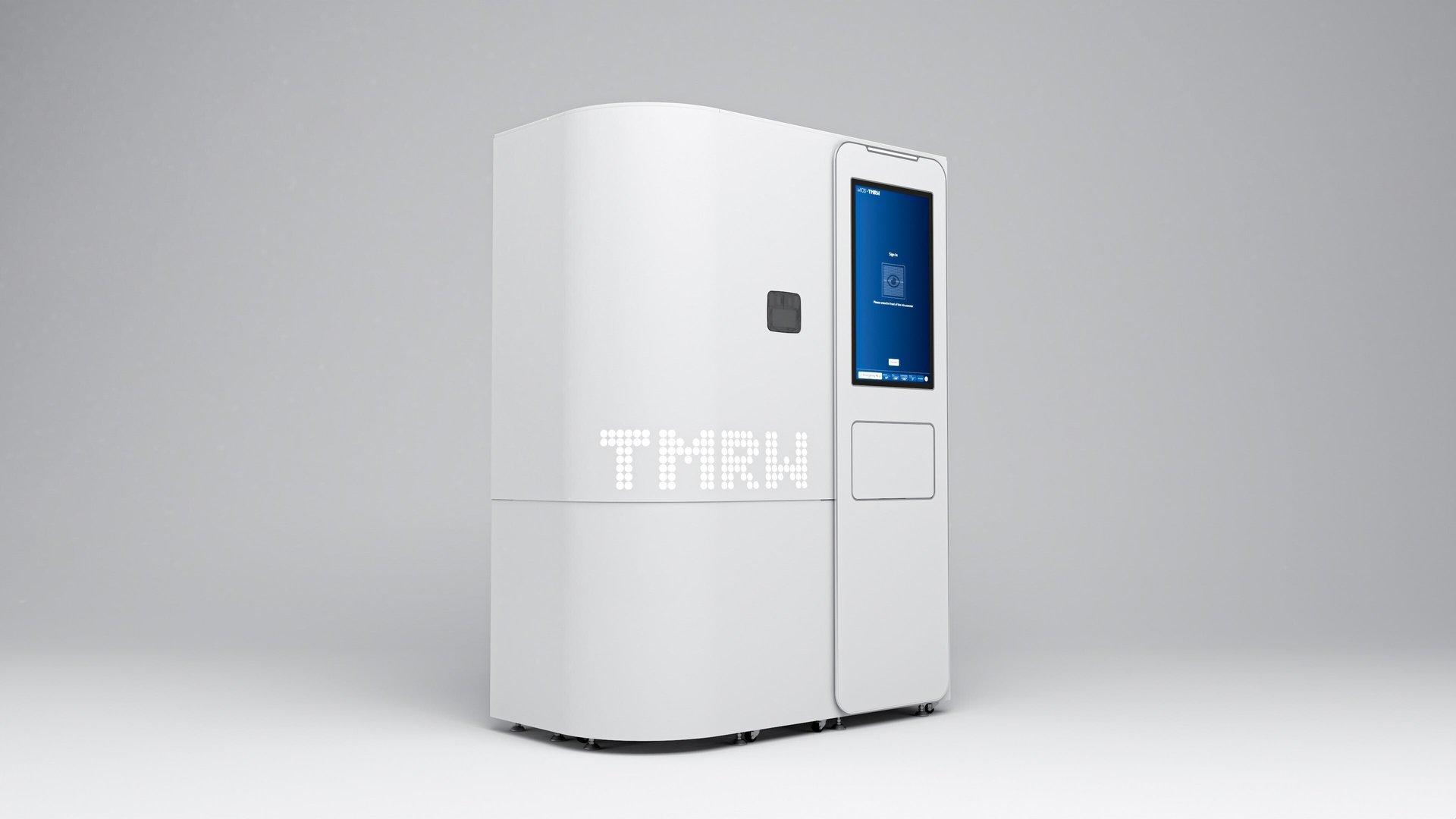Frozen egg and embryo storage remains shockingly analog—and ripe for disruption
TMRW's fertility cryobank creates a digital chain of custody for frozen eggs and embryos

Technology for in vitro fertilization has existed since the 1970s, but it wasn’t until 2014 that the American Society of Reproductive Medicine said it no longer viewed egg freezing as an experimental technology.
The announcement set off a fertility sector boom. The number of people in the US who froze their eggs jumped to over 13,000 in 2020 from just over 2,500 in 2012, according to the Society of Assisted Reproductive Technology.
But growing alongside the numbers of egg-freezing patients are the mishaps. Specimens can get lost, damaged, or misidentified. Tanks can fail. In California, a clinic once mixed up two embryos, which resulted in two couples giving birth to babies that were not theirs (they were swapped back eventually).
Once eggs or embryos are retrieved, patients see little to zero transparency into how or where their specimens are kept, despite the high costs of treatment. The cost of egg freezing ranges anywhere between $10,000 to $18,000 per cycle, while IVF can go as high as $30,000 for each treatment.
TMRW Life Sciences, a fertility specialized cryobank, is attempting to set a new standard in storage for frozen eggs and embryos. It uses RFID technology for identification and automated software and robotics to produce a digital chain of custody. Last November, the company got FDA clearance for the automation technology in its cryogenic storage machine.
“What we’ve done is take what is an antiquated and old infrastructure that the fertility field uses today…and significantly upgraded it,” TMRW CEO Tara Comonte says.
Current fertility storage practices carry a lot of risks
Across most of the industry, current storage practices are surprisingly analog. Standard procedure is to put specimens into aluminum tanks called dewars, which contain liquid nitrogen. The tanks are maintained manually, meaning lab staff top up the nitrogen by hand.
Because the dewars don’t come with built-in temperature monitoring, a separate device for this purpose is usually attached. Specimens are often labeled with stickers that are printed out or sometimes handwritten.
In TMRW’s system, digital tracking and robotics make sure each specimen’s whereabouts and condition are known, while an app allows patients to view in real time the conditions, such as temperature and location, in which their specimens are stored.

“We’re in an age where we track our Uber driver; we log into our Nest app and change the temperature at home. We can see when our pizza is being delivered, or our Amazon deliveries, and yet we have no visibility into something as critical as this for our lives and future families,” said Comonte.
IVF patients tend to have a shorter timeline and return to use their embryos within a few years, but egg-freezing patients typically are younger, and many potentially need storage for a decade or longer. That longer timeline means there’s more leeway for mistakes to occur, so many clinics are looking for more streamlined storage options.
“Patients are beginning to now ask these questions”
The global egg vitrification market reached $6.5 billion in 2020 according to a report by Grandview Research, and is expected to grow more than 17% a year through 2027.
“Patients are beginning to now ask these questions…It’s time for a better way,” said Comonte.
With the TMRW system, when a patient is ready to use their eggs or embryos, a robotic mechanism picks the specimen and delivers it to the embryologist, as a vending machine might. This has the advantage of not disturbing other specimens unnecessarily. (One dewar can usually hold the specimens of 200 to 250 patients. The TMRW machine can hold 12 to 15 times more.)
It’s steps like these, TMRW says, that reduces 85% of the work that’s typically done manually.
The TMRW cryobank is based in New York’s Hudson Square. The company is in talks to work with clinics across the nation, and sees potential to expand overseas too, starting with the UK and Spain.
